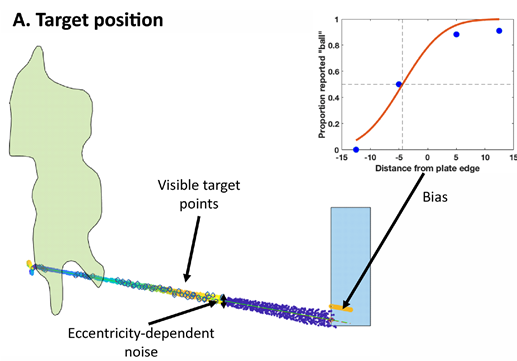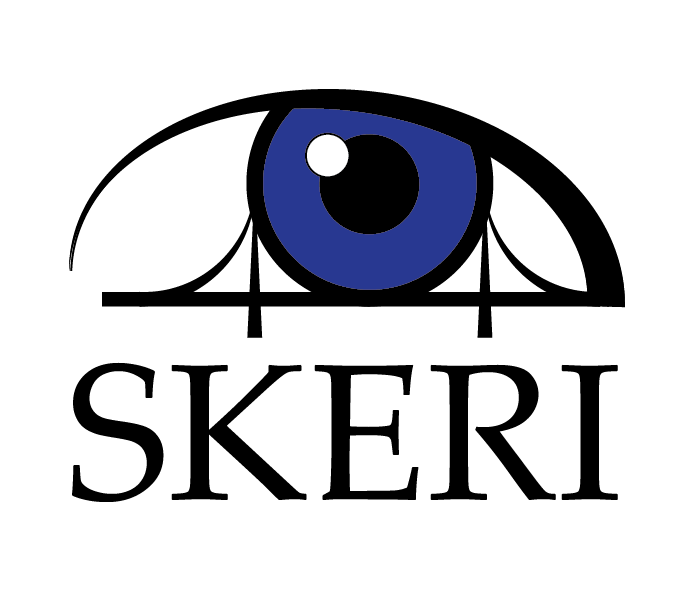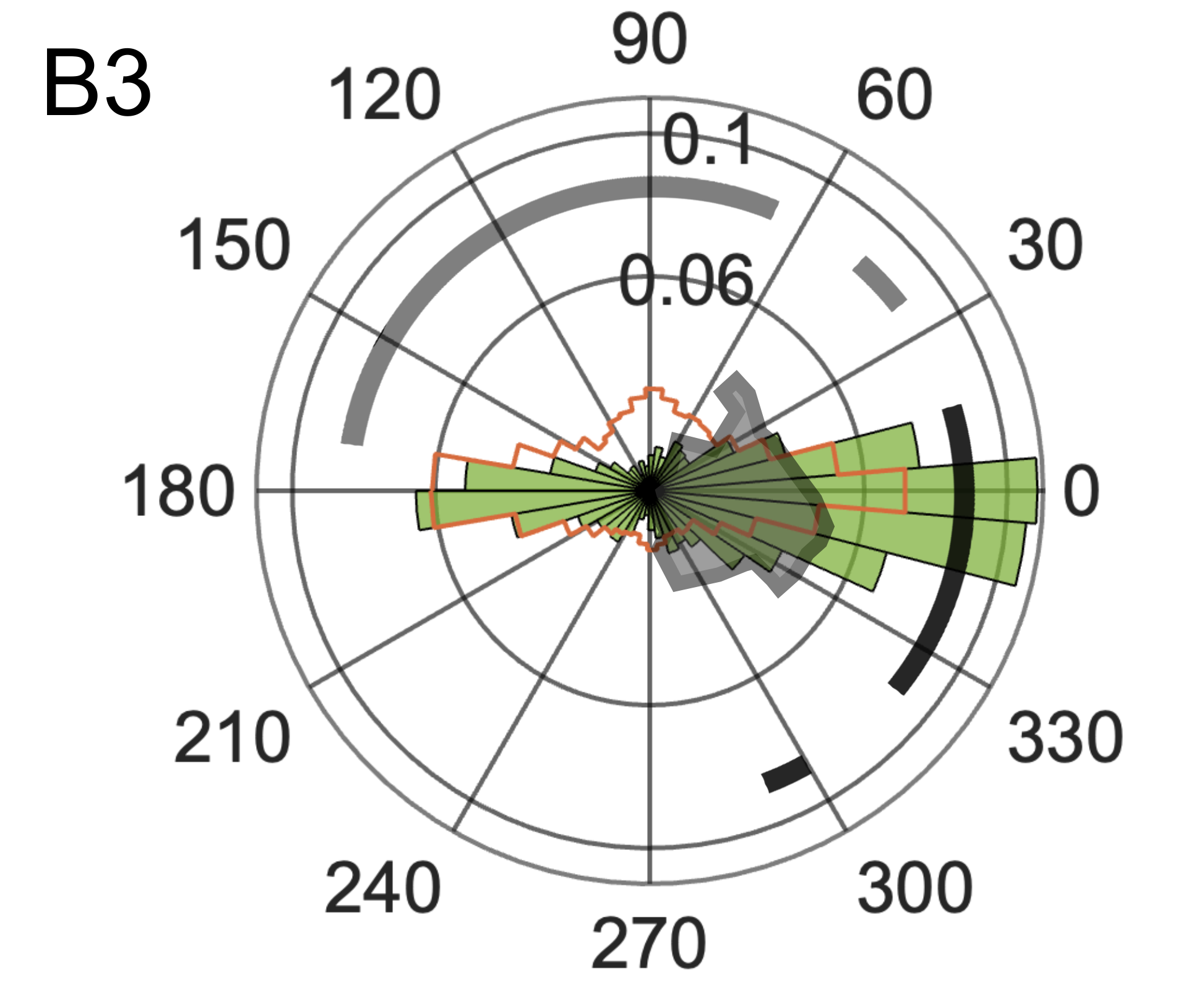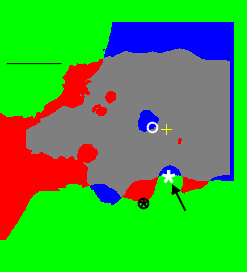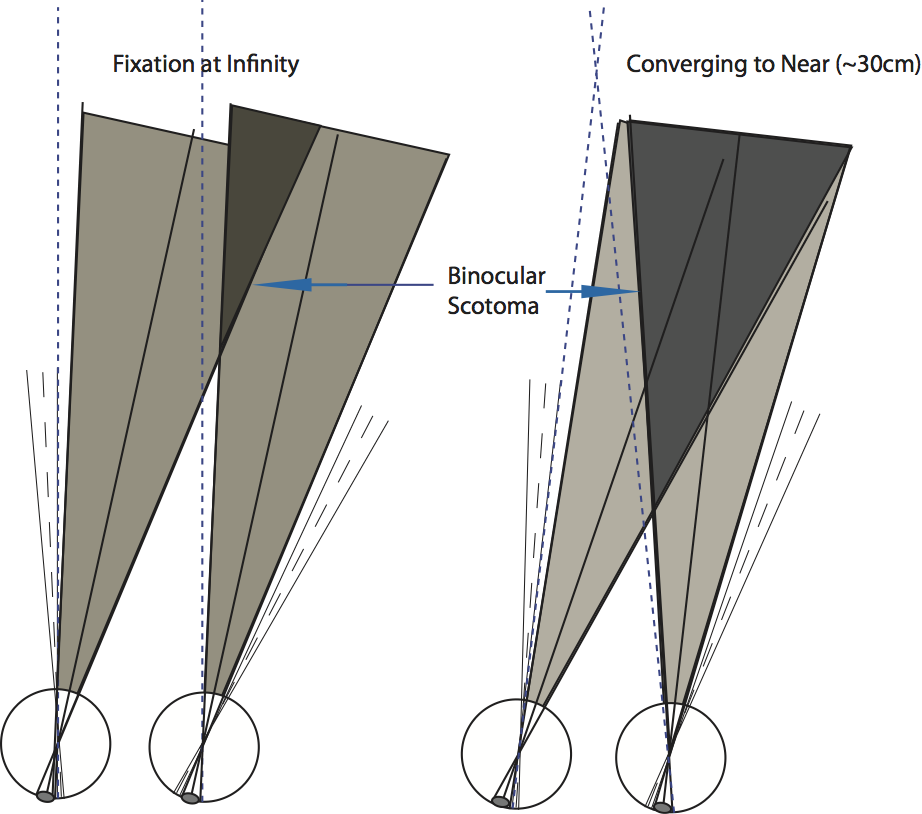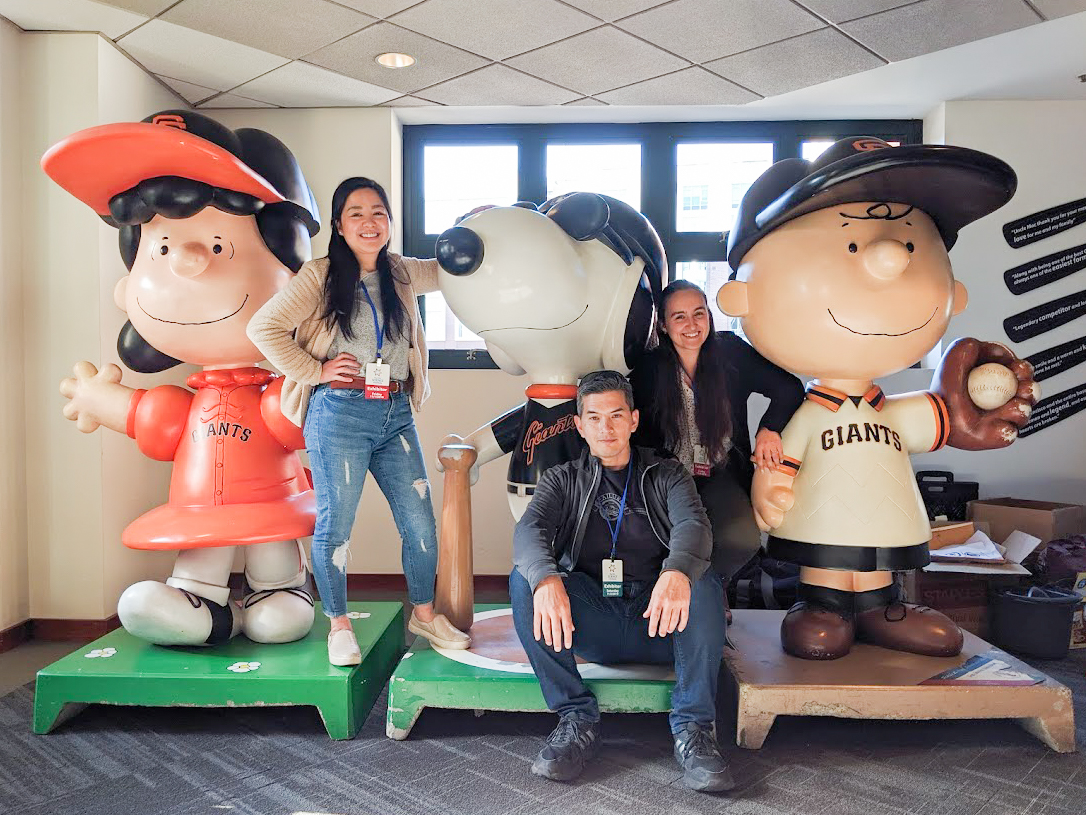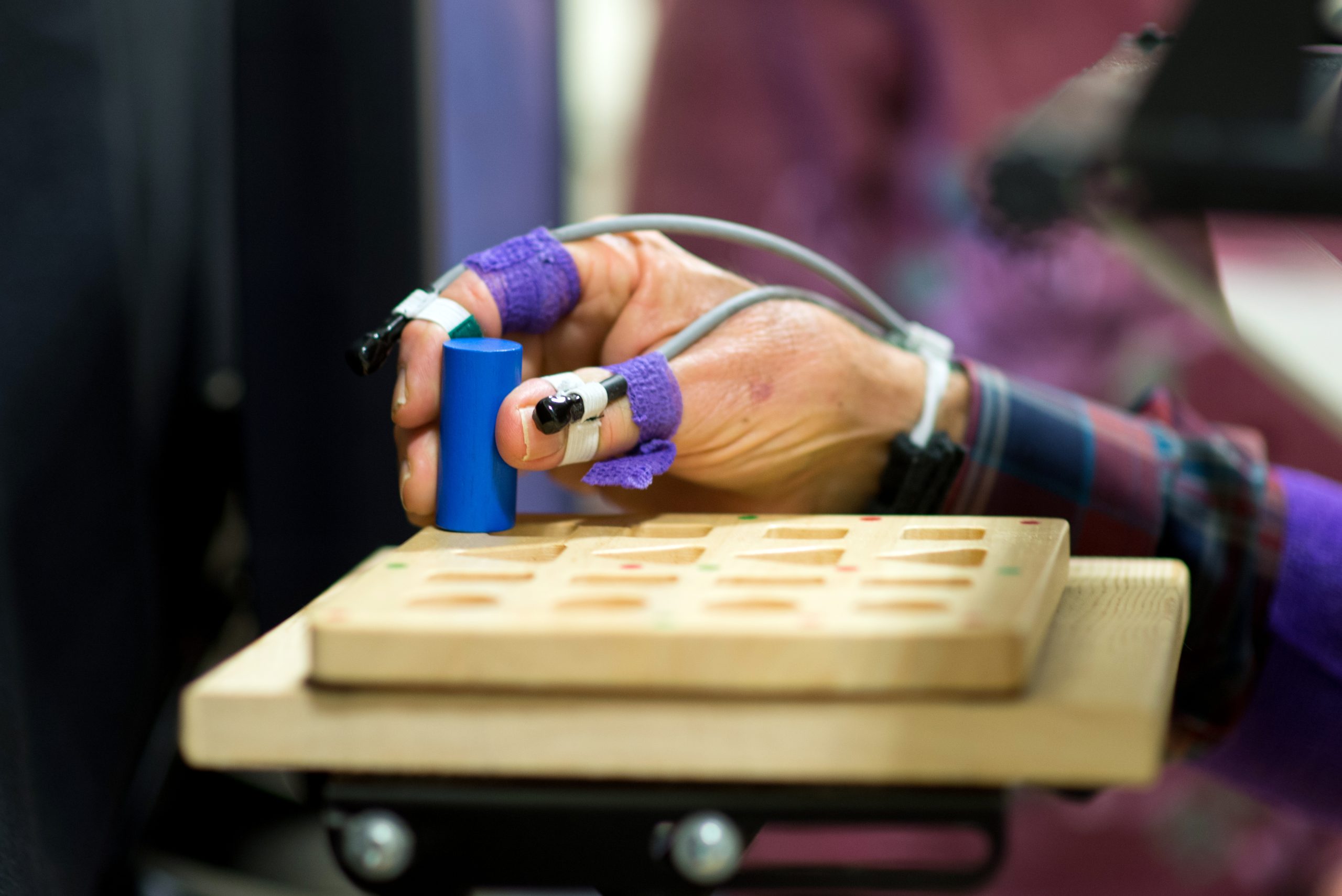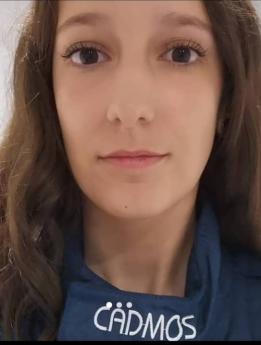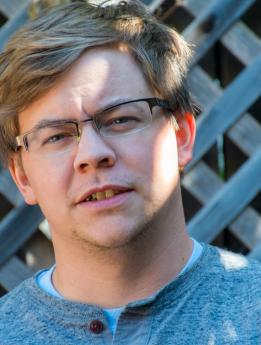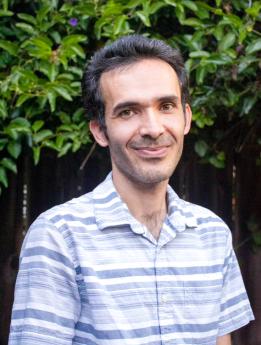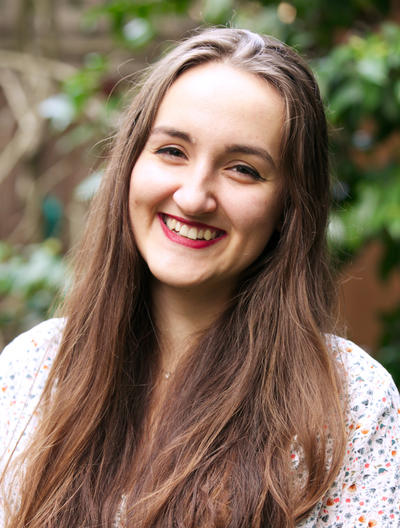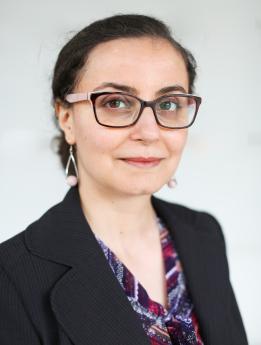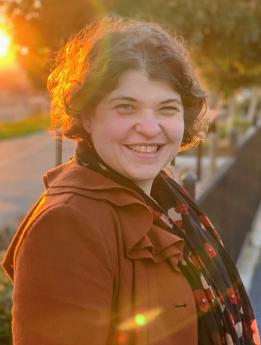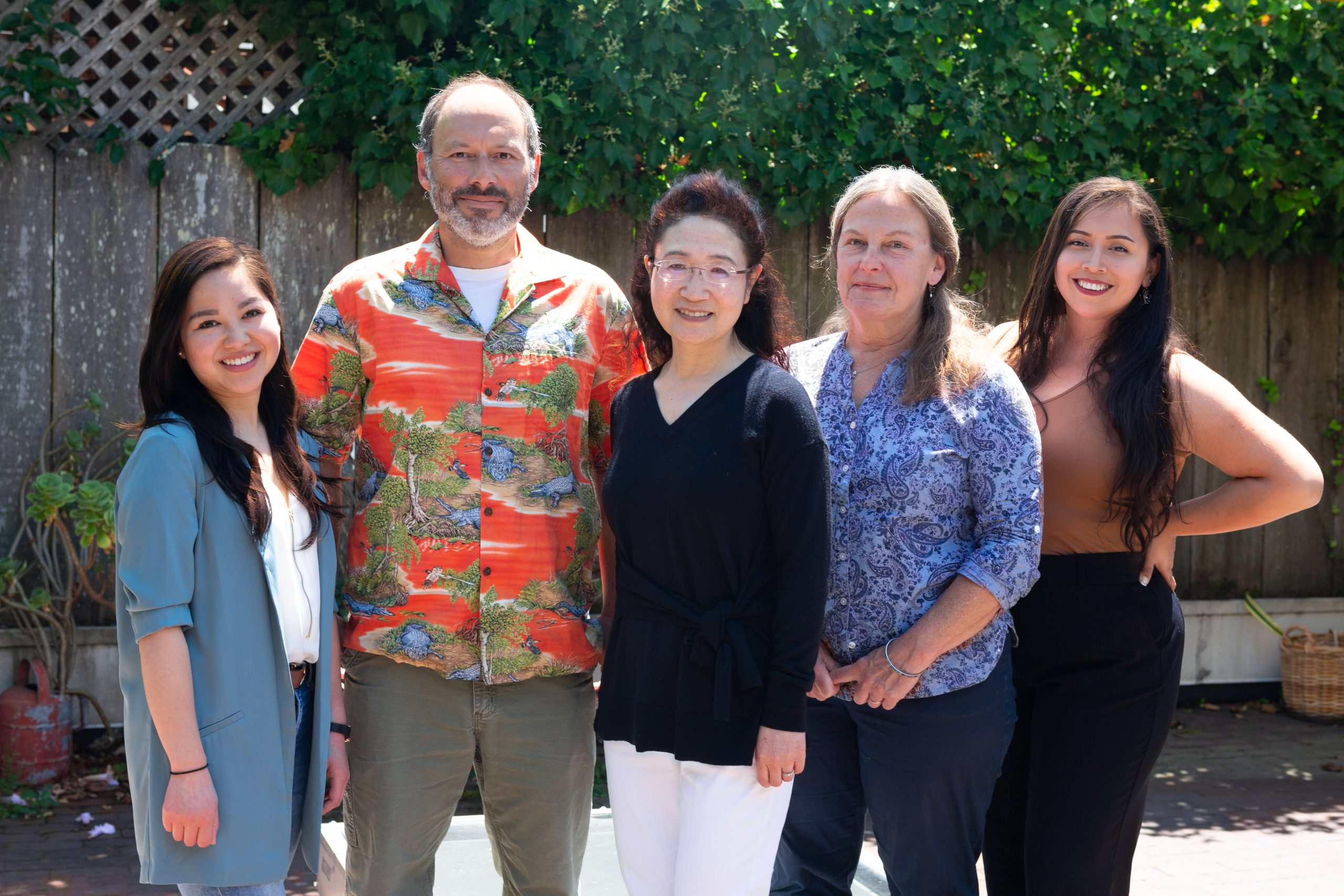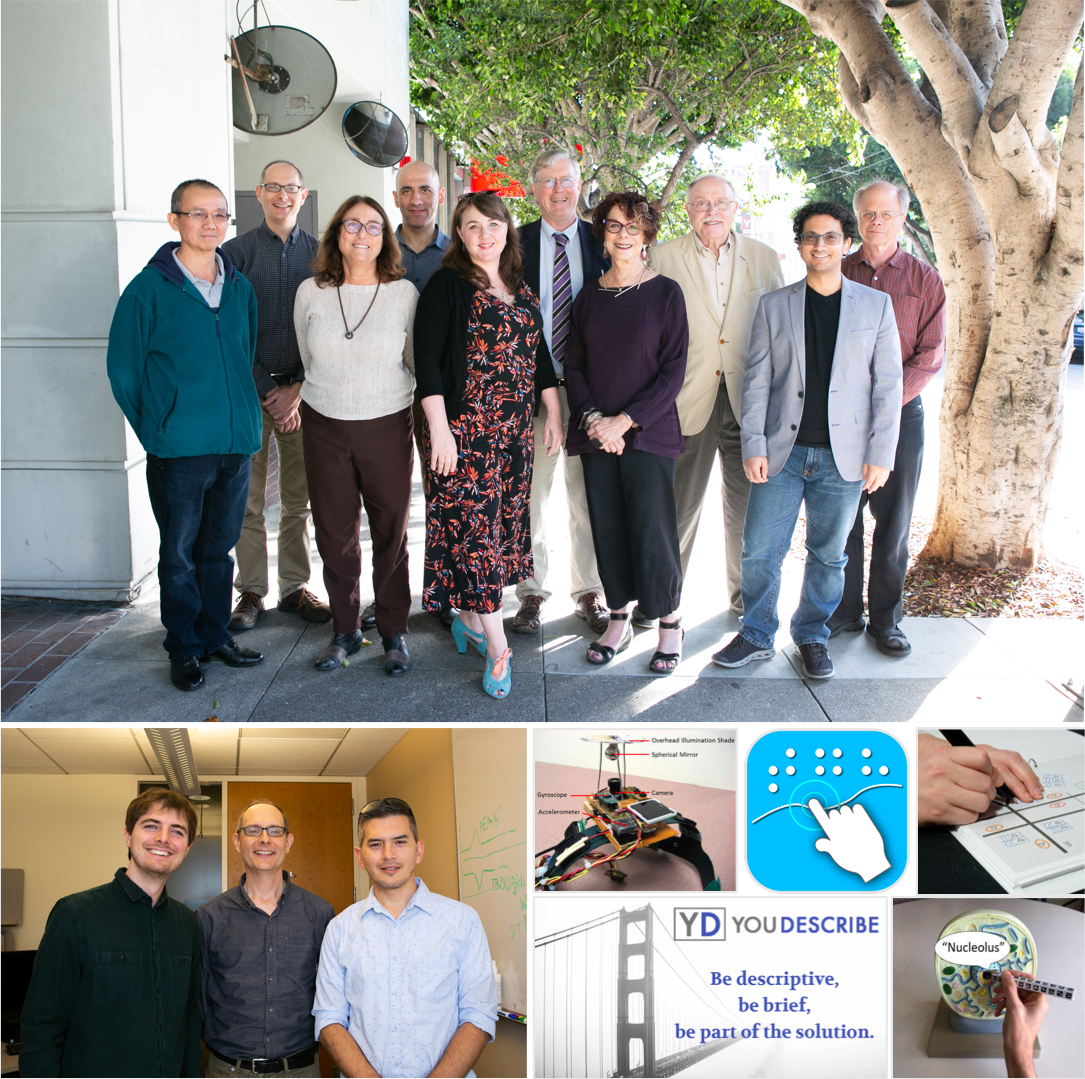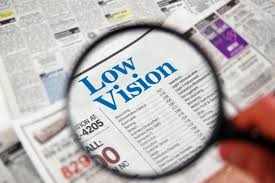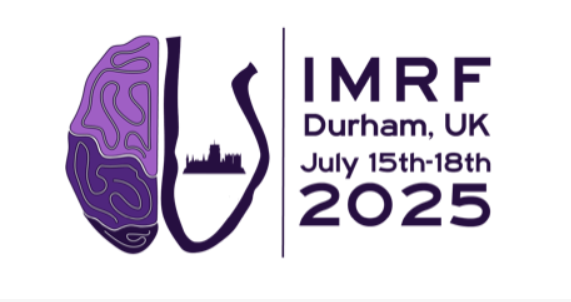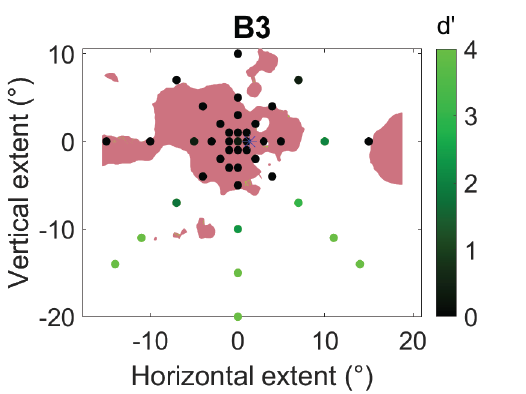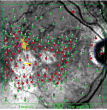The project aims to develop a rapid, objective vision screening tool for identifying amblyopia in preschool children using abnormal binocular rivalry dynamics. Amblyopia is a leading cause of monocular vision loss, affecting 3.3% of the US population. Early intervention before

Senior Scientist
Chief Scientific Officer
Ph.D.
The research in my lab examines the neural processes, strategies and adaptations that humans use to interact with objects in the real world. We investigate these questions using psychophysics, eye movements, computational modeling and neuroimaging. Our goal is to understand the mechanisms of normal vision and action, as well as the basis of attention and visual adaptation in clinical populations. This work includes attention deficits in amblyopia, and the potential for binocular vision in individuals with age-related macular degeneration.
Contact Information:
Email: preeti@ski.org
Office Phone: (415) 345-2072
2318 Fillmore Street
San Francisco, CA 94115
Publications
Journal Articles
Presentations/Posters
Projects

Vergence and Stereopsis in Amblyopia & Strabismus
Vergence to disparity targets in the central visual field is impaired in individuals with amblyopia and strabismus.
Modeling Smooth Pursuit Eye-Movement Deficits in Macular Degeneration
The project investigates the deficits in smooth pursuit in individuals with age-related macular degeneration within the framework of a Bayesian model.
Stereopsis in Macular Degeneration
Macular degeneration affects the central retina, often causing asymmetrical damage to the two eyes. How does this asymmetrical loss affect stereopsis — the percept of depth generated by the small separation of image features in the two eyes?
Tracking a target in depth with central field loss
Bilateral field loss due to maculopathy creates a scotoma that extends in depth — a volume scotoma. Morevoer the size of the scotoma depends on whether observers turn their eyes to track a target as it comes closer. This project
Upper Depth Limit Across Visual Field
Stereopsis is important for tasks of daily living such as eye-hand coordination. It is best in central vision but is also mediated by the periphery. Previously we have shown that individuals with central-field loss who have residual stereopsis in the
Postdoctoral Training in Vision Research
The Smith-Kettlewell Eye Research Institute (SKERI) is an NEI Institutional Training Grant Awardee. The grant was awarded to provide postdoctoral training in basic and clinical science relevant to translational vision research and rehabilitation.
Motion Perception in Central Field Loss
The project investigates motion perception in individuals with vision loss due to central retinal lesion, but who retain healthy peripheral retina. Healthy peripheral retina is exquisitely sensitive to fast speeds, however, there is limited and conflicting information about motion processing
Adaptive Visual Strategies for Individuals with Macular Degeneration
In this project we try to gain a better understanding of what visual strategies people use to gather information in the world.
Fovea Use During Smooth Pursuit
There is continuing debate as to whether smooth pursuit relies on the foveation of a moving target, especially when the target is compact. Previous studies have shown that gaze is placed on the center-of-mass of a target during saccadic eye
Trainees
Current
Past

